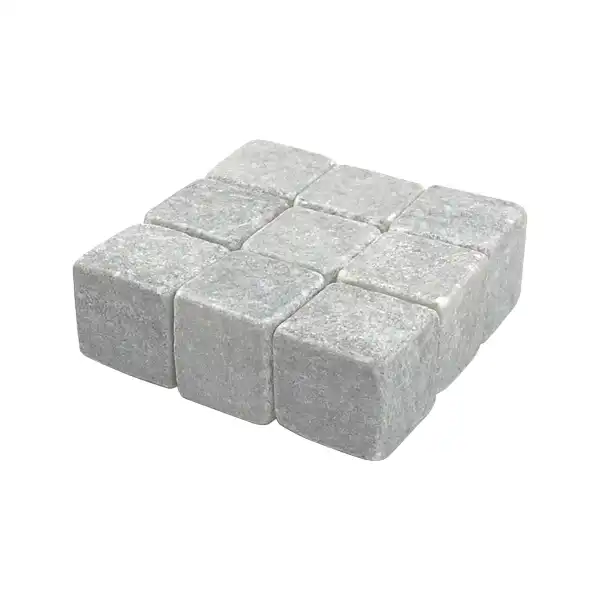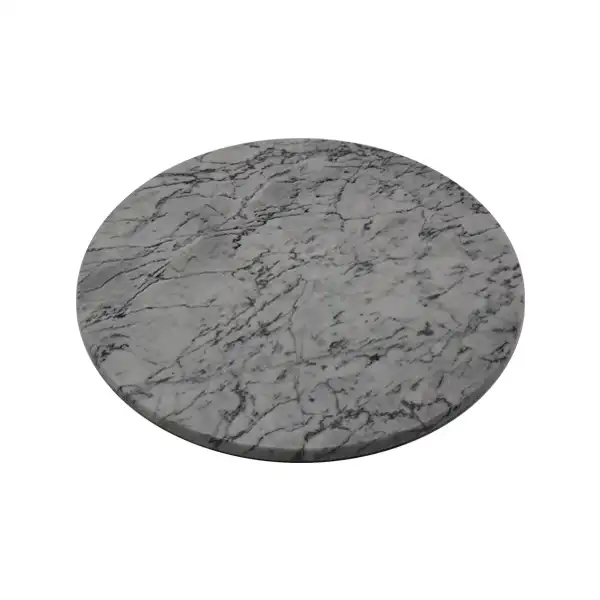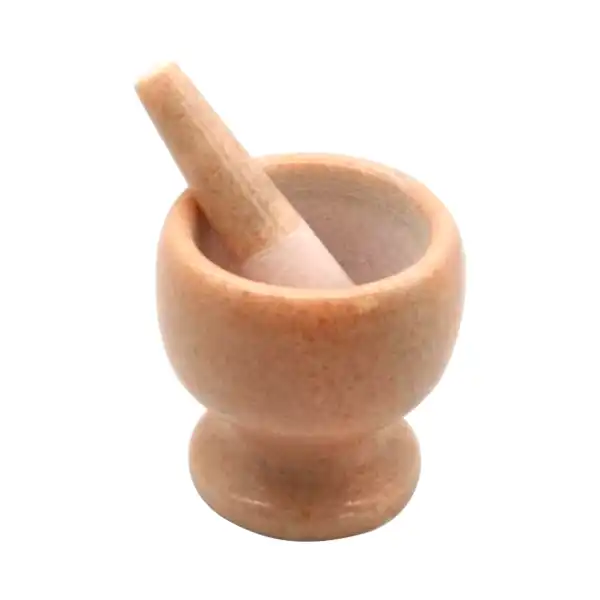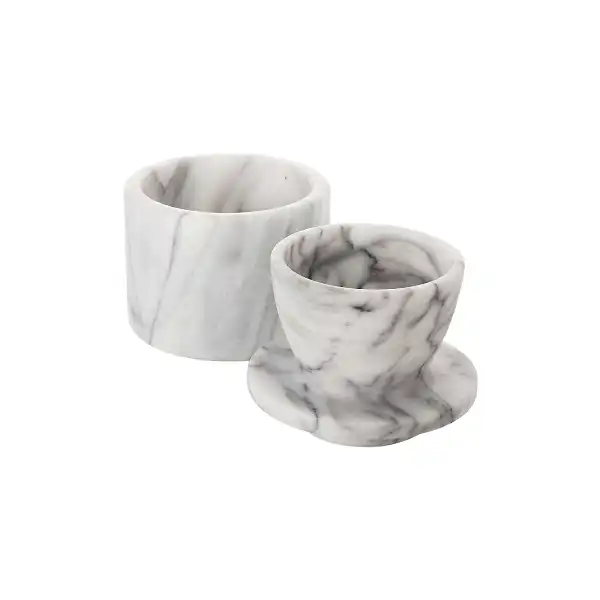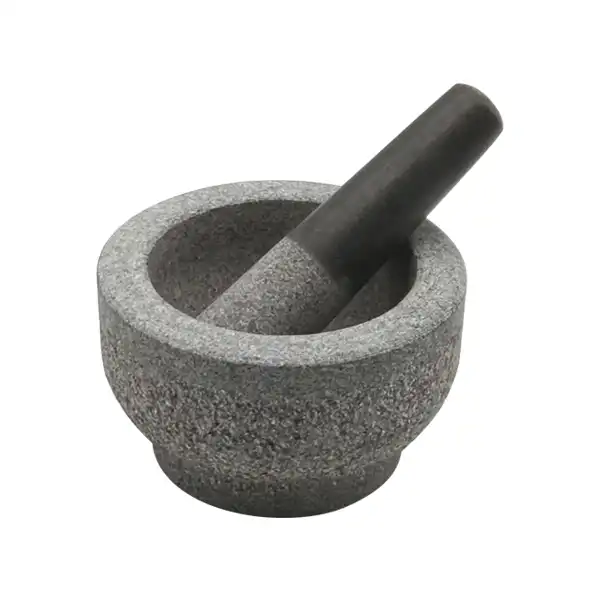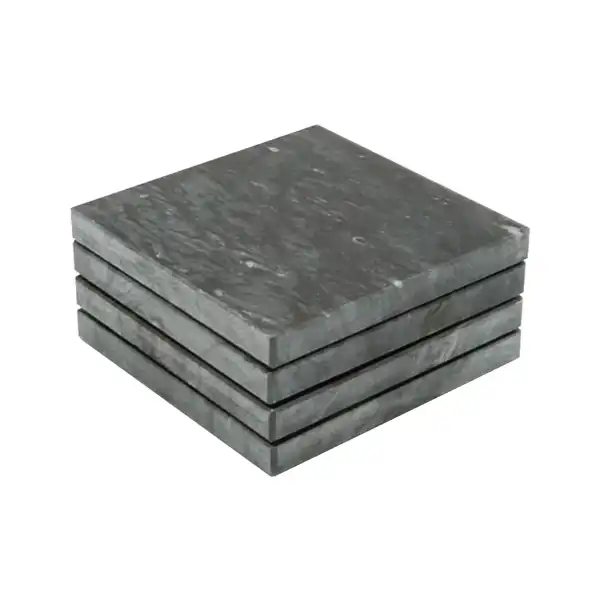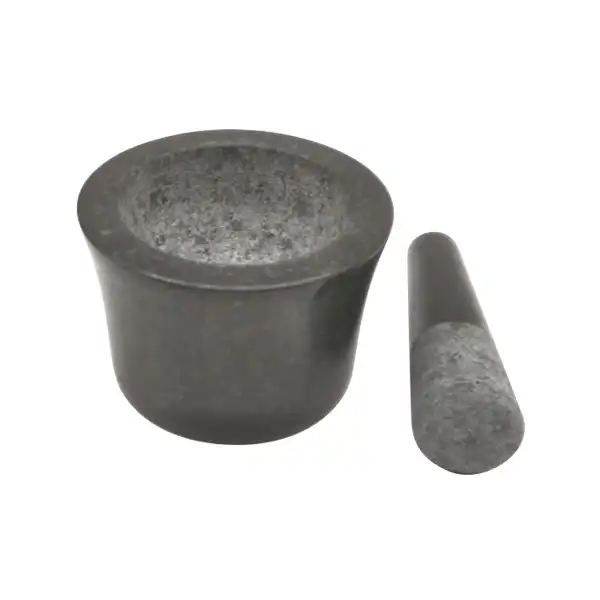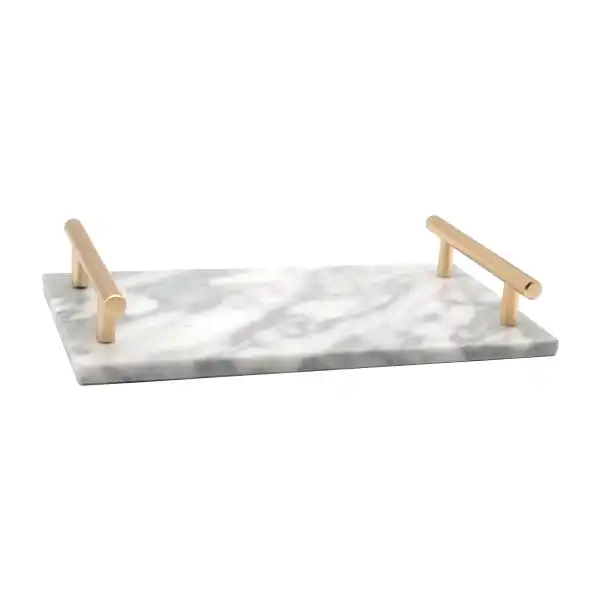Why Use a Slate Cheese Board?
2024-11-07 14:02:31
When it comes to presenting and serving cheese, the choice of board can significantly elevate the experience. A slate cheese board is not just a functional piece; it serves as an elegant canvas that enhances the visual appeal of your cheese selection. Known for its unique texture and natural beauty, slate offers a striking contrast against various types of cheese, making it a favorite among cheese enthusiasts and hosts alike. In this blog post, we will delve into the benefits and considerations of using a slate cheese board, addressing common questions and providing insights from top sources.
What Are the Benefits of Using a Slate Cheese Board?
One of the key advantages of a slate cheese board is its aesthetic appeal. The dark, sleek surface provides a beautiful backdrop that makes the colors of the cheeses pop, creating an eye-catching presentation. This is particularly beneficial when hosting events or dinner parties, as it adds a touch of sophistication and elegance to your table setting.
Slate is also known for its durability. Unlike wood, which can be prone to scratches and stains, slate is resistant to both, maintaining its appearance over time. Additionally, slate is a non-porous material, meaning it won't absorb oils or odors from the cheese, ensuring that each variety maintains its distinct flavor profile.
Another practical benefit is that slate can be easily labeled with chalk or soapstone pencils. This allows you to write the names of the cheeses directly on the board, adding a personalized touch and helping guests identify their selections.
Furthermore, slate naturally retains temperature well, which is ideal for maintaining the optimal serving conditions for cheese. By chilling the board before use, you can keep the cheese cool longer, preserving its texture and taste.
How Does a Slate Cheese Board Compare to Other Materials?
When considering a cheese board, other popular materials include wood, marble, and glass. Each has its own set of characteristics and benefits, but how do they compare to slate?
Wooden boards are classic and often favored for their rustic charm. However, they can absorb moisture and odors, potentially affecting the flavor of the cheese. Additionally, wood requires more maintenance to prevent cracking or warping over time.
Marble offers an elegant look similar to slate and stays cool for longer periods. However, marble can be heavy and prone to chipping if handled carelessly. It also has a porous surface, possibly leading to staining if not sealed properly.
Glass cheese boards are easy to clean and offer a modern aesthetic, but they lack the durability and tactile appeal of natural stone surfaces. Glass can crack or break more easily compared to slate.
In summary, slate strikes a balance between beauty, functionality, and practicality. Its robustness, combined with its ability to enhance presentation and maintain cheese quality, makes it a preferred choice for many.
Can a Slate Cheese Board Be Used for More than Just Cheese?
While slate cheese boards are predominantly associated with serving cheese, their versatility extends far beyond. They can be used for a variety of culinary presentations. For instance, they make excellent charcuterie boards, offering a stylish way to display cured meats, olives, nuts, and fruits alongside your cheese selection.
Slates can also serve as elegant dessert platters. Imagine a chocolate fondue or a selection of mini pastries artfully arranged on the dark surface. The contrast enhances the visual appeal, making your desserts look even more enticing.
Additionally, a slate board can be used for hot appetizers. Thanks to its heat-resistant properties, slate can withstand warm temperatures, allowing you to serve items like baked brie or warm dips without damaging the board.
Beyond food, slate boards can function as decorative pieces in your home. Whether used as a centerpiece or a base for candles and floral arrangements, the natural beauty of slate complements various interior styles.
Is It Easy to Care for a Slate Cheese Board?
Caring for a slate cheese board is relatively straightforward, contributing to its appeal as a kitchen staple. Unlike wood, which may require regular oiling, slate's maintenance needs are minimal.
After use, simply wipe the board with a damp cloth and mild soap if necessary. Avoid submerging it in water or using abrasive scrubbers, as these can damage the surface. To remove any chalk residue, a mixture of water and a soft sponge or cloth will suffice.
Occasionally, you may want to rejuvenate the slate's appearance with a light application of mineral oil. This helps maintain its sheen and reduces the visibility of any minor scratches.
Proper storage is also important. Store the board flat to avoid accidental breakage and ensure it remains in pristine condition for years to come.
Conclusion
If you want to get more information about this product, you can contact us at [email protected]!
References
Cheese Grotto - 《Why We Love Slate Cheese Boards》
Cheese Grotto - 《The Best Slate Serving Boards for Cheese》
Novice Cook - 《Top 5 Slate Cheese Boards: Make a Statement with Your Cheese!》
Cheese.ie - 《Marble vs Wooden vs Slate Cheese Boards: Which One is Right For You?》
Cheese Grotto - 《Black Cheese Board: Why Is Cheese Served on Slate?》
Marble Wood Supplier - 《Slate vs. Wood: Which Cheese Board is Right for You?》
Bison Hill Stonecrafts - Slate Cheese Boards
Aspiring Winos - 《The Best Slate Cheese Boards for Wine Tasting》
Related Industry Knowledge
